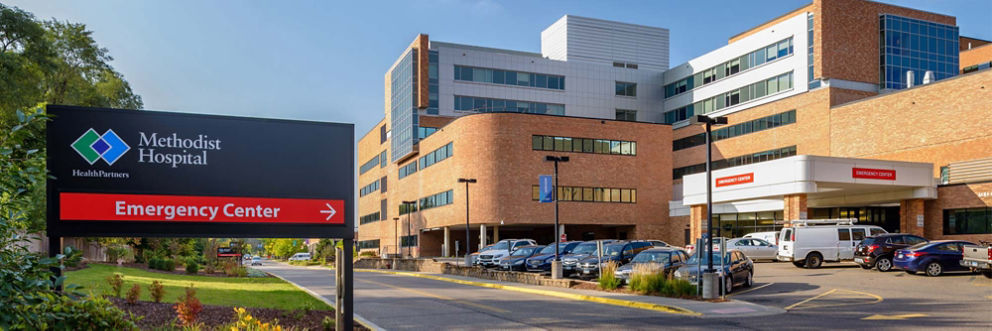Emergency visitors
Visiting the Methodist Hospital Emergency Center
We know that an emergency can be stressful for both the patient and the family. We want you to feel welcome and comfortable visiting patients in our emergency center.
Because emergency care is unpredictable, please know that staff may not be able to attend to visitor needs right away.
If you or a loved one are facing an emergency, please dial 911 immediately.
What should visitors know about emergency care?
Your visit is extremely important to us. Unfortunately we can’t predict who will arrive and when on any given day. Because of this, some patients and their families may experience a longer wait.
Visiting hours aren’t limited, but at times the number of family members or friends allowed to see a patient might be. We want to make sure your loved one has time to heal, rest and receive the care they need.
We recommend using the main entrance and parking in the Orange ramp on the north end of our hospital.
If you need help finding a patient’s room, please visit guest services located in the main lobby.
Bringing a patient to the Emergency Center?
When an illness or injury is not life-threatening, patients often choose to drive to the Emergency Center instead of calling an ambulance. If this is the case, we always encourage a family member or friend to drive. If the patient can’t easily walk, follow signs for the emergency center when you arrive and alert a staff member that you’ve brought a patient in need of assistance.
What to bring
Bringing some essentials and documents can expedite the emergency care process and keep a patient comfortable during their stay.
Here are some items to bring with you if there’s time:
- A copy of your family member’s health insurance information
- A personal health record
- A list of previous medical problems, diagnoses, allergies or recent medical tests
- An up-to-date list of the patient’s medications
- A notebook and pen to take notes about discharge or medication instructions
- Glasses, prescriptions, photo ID
- Home medical equipment used on a regular basis (inhaler, oxygen tank)
- Limited number of comfort items (book, snacks, blanket)
